7am OBS, Saturday, July 5th
Partly cloudy morning. Moderate to fresh E-ENE trades building to strong paces this afternoon. Isolated showers favoring windward and mauka. Small Craft Adv for all waters.
Small South. Average ENE trade swell and a hint of tiny NNE. Call 596-SURF: 7a, Noon, 4pm (recap-forecast).

North Shore:
Holding a micro-NNE. Semi smooth light-moderate side offshores. Sunset flat-1; Rocky Pt flat-1; Pipe flat; Chuns flat-1/2; Laniakea 0-1.5'; Ali'i Beach Park flat. Scattered clouds.
West:
Holding 14 sec South. Rising 20 sec South. Down and dropping 11 sec South. Smooth from the fresh offshores. Makaha is 0-15' and about 2' sets at west side focal reefs. Mostly sunny.
Town:
Holding 14 sec South. Rising 20 sec South. Down and dropping 11 sec South. Clean light offshores early...Waikiki reefs are 0-1-occ. +; Kaisers-Rockpiles to Ala Moana to Kewalos are 1-occ. 2'. Partly cloudy.
Diamond Head:
Holding 14 sec South. Rising 20 sec South. Down and dropping 11 sec South. Choppy moderate to fresh side-offshore trades. Surf's 1-2'+. Partly cloudy.
Sandy's:
Holding 14 sec South. Rising 20 sec South. Down and dropping 11 sec South. ENE trade wrap. Choppy esp over the exposed reefs due to moderate to fresh side shore ENE trades. Full Pt/Half Pt are 1-2 occ. 3'... Shorebreak is also 1-2' occ. 3' w/ the biggest combo sets from Cobbles to Middle Peaks to Gas Chambers. Partly cloudy.
East Makapu'u:
Up a Rising 7 sec ENE trade swell. Choppy on shore moderate-fresh+ ENE trades. Surf's 1-2' occ. + spread out through the bay. Mostly cloudy.Winds
15-30mph ENE to E
15-30mph ENE Trade
15-30mph ENE Trade
15-30mph ENE Trade
15-25+mph ENE to E
North
Primary
Up & holding 7s NEHaw: 0-1.5
Face: 0-2
Secondary
None NONEHaw: 0
Face: 0
divin , paddlin, fishin, sailin
Primary
 Holding 7s NE
Holding 7s NEHaw: 0-1.5
Face: 0-2
Secondary
None NONEHaw: 0
Face: 0
windy
Primary
 Holding 7s NE
Holding 7s NEHaw: 0-1.5
Face: 0-2
Secondary
None NONEHaw: 0
Face: 0
windy
Primary
 Holding 8s NE
Holding 8s NEHaw: 0-1.5
Face: 0-2
Secondary
None NONEHaw: 0
Face: 0
windy
Primary
 Holding 8s NE
Holding 8s NEHaw: 0-1.5
Face: 0-2
Secondary
None NONEHaw: 0
Face: 0
divin , paddlin, fishin, sailin
West
Primary
 Holding 14s SSW
Holding 14s SSWHaw: 0-1.5
Face: 0-2
Secondary
Up & holding 7s NEHaw: 0
Face: 0
Fair-Good side-offshore
Primary
 Dropping 12s SSW
Dropping 12s SSWHaw: 0-1.5
Face: 0-2
Secondary
 Holding 7s NE
Holding 7s NEHaw: 0
Face: 0
Fair-Good side-offshore
Primary
 Holding 15s S
Holding 15s SHaw: 0
Face: 0
Secondary
 Holding 7s NE
Holding 7s NEHaw: 0
Face: 0
Fair-Good side-offshore
Primary
 Rising 18s SSW
Rising 18s SSWHaw: 0
Face: 0
Secondary
 Holding 8s NE
Holding 8s NEHaw: 0
Face: 0
Fair side-offshores
Primary
Up & holding 15s SSWHaw: 0-1.5
Face: 0-2
Secondary
 Holding 8s NE
Holding 8s NEHaw: 0
Face: 0
Fair-Good side-offshore
South
Primary
 Holding 14s SSW
Holding 14s SSWHaw: 1 occ 2
Face: 1-2 occ 3
Secondary
 Rising 20s S
Rising 20s SHaw: 0-1
Face: 0-1.5
Fair-Good side-offshore
Primary
 Dropping 12s SSW
Dropping 12s SSWHaw: 1 occ 2
Face: 1-2 occ 3
Secondary
Up & holding 17s SHaw: 1-1.5
Face: 1-2
Fair-Good side-offshore
Primary
 Holding 15s S
Holding 15s SHaw: 1-1.5
Face: 1-2
Secondary
None NONEHaw: 0
Face: 0
Fair-Good side-offshore
Primary
 Rising 18s SSW
Rising 18s SSWHaw: 1-1.5
Face: 1-2
Secondary
 Dropping 13s S
Dropping 13s SHaw: 0-1
Face: 0-1.5
Fair side-offshores
Primary
Up & holding 15s SSWHaw: 1 occ 2
Face: 1-2 occ 3
Secondary
 Rising Later 17s SW
Rising Later 17s SWHaw: 0-1.5
Face: 0-2
Fair-Good side-offshore
east
Primary
Up & Rising 7s ENEHaw: 1-2+
Face: 1-3+
Secondary
None NONEHaw: 0
Face: 0
Choppy
Primary
Up & Rising 7s ENEHaw: 1-3
Face: 2-5
Secondary
None NONEHaw: 0
Face: 0
bumpy
Primary
Up & holding 7s ENEHaw: 2-3
Face: 3-5
Secondary
None NONEHaw: 0
Face: 0
Lumpy-Bumpy
Primary
Dropping Later 8s ENEHaw: 2-3
Face: 3-5
Secondary
None NONEHaw: 0
Face: 0
Lumpy-Bumpy
Primary
 Dropping 8s NE
Dropping 8s NEHaw: 1-3
Face: 2-5
Secondary
None NONEHaw: 0
Face: 0
Lumpy-Bumpy

Current Swells:
Saturday 07/05Primary: Up & Rising 7s ENE surf @1-2+
Secondary: Holding 14s SSW surf @1 occ 2
Third: Up & holding 7s NE surf @0-1.5

Marine Warnings:
Saturday 07/05Small craft adv all Islands

Sailing Report:
Saturday 07/05Good, esp for the more experienced, due to fresh ENE trades filling strong at 15-30mph

Diving Report:
Saturday 07/05North Shore: Good (even better: deeper dives) due to .... no real surf under light to moderate side-offshore trades and fairly clear skies. South: Fair overall (deep dives only; select protected areas still good) due to small surf and light to moderate ENE trades. West: Fair to good due to small to moderate surf surges (best: deeper dives) and lite offshore trades and nice weather + sea breezes by lunch. East: Fair for most zones with small windswell and some NNE. Trades filling 15-25+... protected prime zones best.
Oahu
Maui
Kauai
Big Island
Weather
Surf Advisory and Warning CriteriaLocation/shoreline Advisory Warning
North-Facing Shores- 15 Feet faces (8' Local) 25 Feet faces (15' local)
West-Facing Shores - 12 Feet (7' local) 20 Feet (12' local)
West-Facing- Big Is.- 8 Feet (4'+ local) 12 Feet (7' local)
South-Facing Shores- 8 Feet (4'+ local) 15 Feet (8' local)
East-Facing Shores- 8 Feet (4'+ local) 15 Feet (8' local)
Big Picture
INACTIVE.Get the latest on the tropics at www.hurricanes.gov
The Central Pacific Hurricane Center outlook for the 2017 Central Pacific Hurricane Season calls for 5 to 8 tropical cyclones to either develop or cross into the Central Pacific with a 40% chance for an above-normal season, a 40% chance for a normal season, and a 20% chance for a below-normal season. An average season has 4 to 5 tropical cyclones, which include tropical depressions, tropical storms, and hurricanes.
A tropical depression forms when a low-pressure area is accompanied by thunderstorms that produce a circular wind flow with maximum sustained winds below 39 mph. An upgrade to a tropical storm occurs when cyclonic circulation becomes more organized and maximum sustained winds gust between 39 mph and 73 mph. A tropical storm is then upgraded into Category 1 hurricane status as maximum sustained winds increase to between 74 mph and 95 mph. (The highest classification in the scale, Category 5, is reserved for storms with winds exceeding 156 mph).
Tropical cyclones go by many names around the world, and the terminology can get confusing. Once a tropical cyclone strengthens to the point where it has gale-force winds—39 mph or greater—it becomes a tropical storm. A storm that reaches tropical storm strength usually gets its own name to help us quickly identify it in forecasts and warnings. Once a tropical storm begins producing sustained winds of around 75 mph, we call the storm a typhoon in the western Pacific near Asia and a hurricane in the oceans on either side of North America. A “typhoon” and a “hurricane” are the same kind of storm, they just go by different names…it’s only a matter of geography.
NWS criteria for High Surf Advisories & Warnings.
In coordination with civil defense agencies & water safety organizations in Hawai`i, the NWS uses the criteria below for the issuance of High Surf Advisories & Warnings in coordination with civil defense agencies & water safety organizations in Hawai`i.
All surf height observations & forecasts are for the full face surf height, from the trough to the crest of the wave.
Advisory and Warning Criteria Location
Warning North-Facing Shores 15 Feet 25 Feet
West-Facing Shores - Remaining Islands 12 Feet 20 Feet
West-Facing Shores - Big Island 8 Feet 12 Feet
South-Facing Shores 8 Feet 15 Feet
East-Facing Shores 8 Feet 15 Feet
'Travel Time' Buoy 51101 to Waimea Buoy. Distance: 269 nautical miles (~310 miles). Angle: 307 deg
Wave Wave Wave Depth Wave Direction (deg)----------
Period Length Speed Shallow 295, 305, 315, 325, 335, 345, 355
(s) (ft) (nm/h) (ft) Travel Time (hours)----------
10sec. 512. 15. 256. 17.3, 17.7, 17.6, 16.9, 15.7, 14.0, 11.9
12sec. 737. 18. 369. 14.5, 14.8, 14.6, 14.0, 13.0, 11.6, 9.9
14sec. 1003. 21. 502. 12.4, 12.7, 12.5, 12.0, 11.2, 10.0, 8.5
16sec. 1310. 24. 655. 10.8, ,1 1.1, 11.0, 10.5, 9.8, 8.7, 7.4
18sec. 1658. 27. 829. 9.6, 9.8, 9.8, 9.4, 8.7, 7.8, 6.6
20sec. 2047. 30. 1024. 8.7 8.9 8.8 8.4 7.8 7.0 5.9
22sec. 2477. 33. 1239. 7.9 8.1 8.0 7.7 7.1 6.3 5.4
24sec. 2948. 36. 1474. 7.2 7.4 7.3 7.0 6.5 5.8 4.9
Tropical Storms - wind 39-73 mph (34-63 kt)
Category 1 - winds 74-95 mph (64-82 kt)
Category 2 -winds 96-110 mph (83-95 kt)
Category 3 -winds 111-130 mph (96-113 kt)
Category 4 - winds 131-155 mph (114-135 kt)
Category 5 -winds 156 mph and up (135+ kt)
Please visit the Central Pacific Hurricane Center website at www.weather.gov/cphc for the most recent bulletins.
ENSO is a single climate phenomenon, it has three states or phases. The two opposite phases, “El Niño” and “La Niña,” require certain changes in both the ocean and the atmosphere because ENSO is a coupled climate phenomenon. “Neutral” is in the middle of the continuum. The MJO (Madden-Julian Oscillation) is an eastward moving disturbance of clouds, rainfall, winds, and pressure that traverses the planet in the tropics and returns to its initial starting point in 30 to 60 days, on average, unlike ENSO which is stationary. In a nutshell, more active means more surf.
Kelvin wave (A Kelvin wave is a wave in the ocean or atmosphere that balances the Earth's Coriolis force against a topographic boundary such as a coastline, or a waveguide such as the equator. A feature of a Kelvin wave is that it is non-dispersive, i.e., the phase speed of the wave crests is equal to the group speed of the wave energy for all frequencies. This means that it retains its shape as it moves in the alongshore direction over time.)


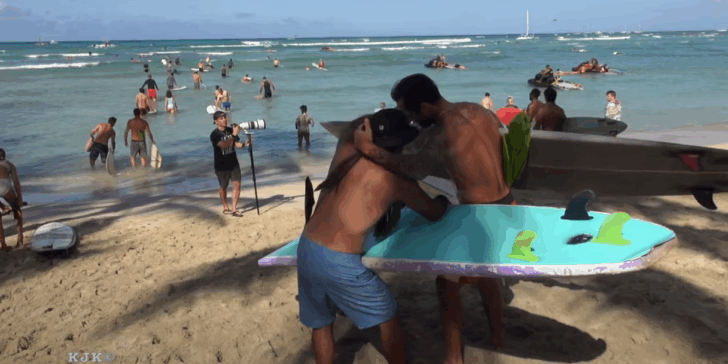
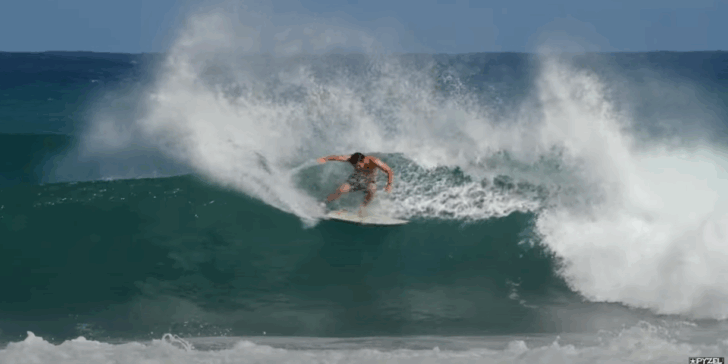
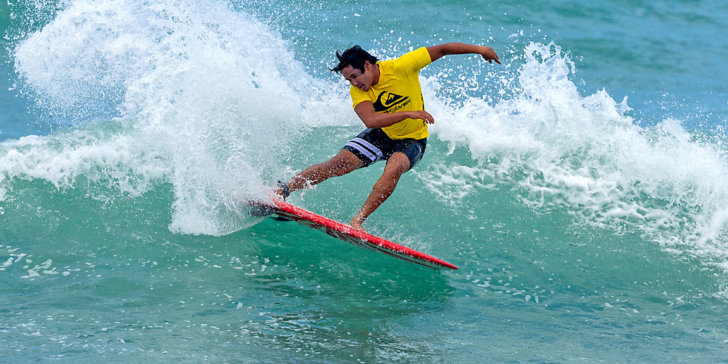
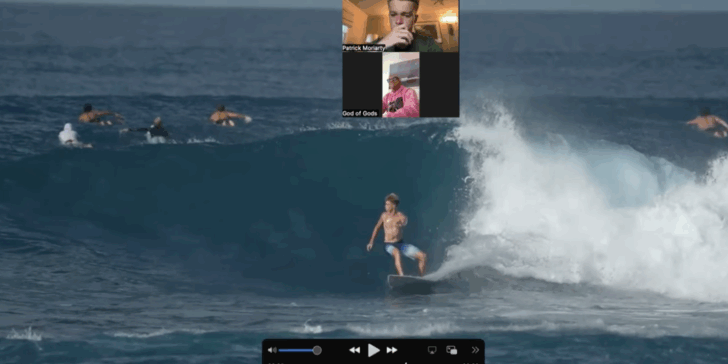
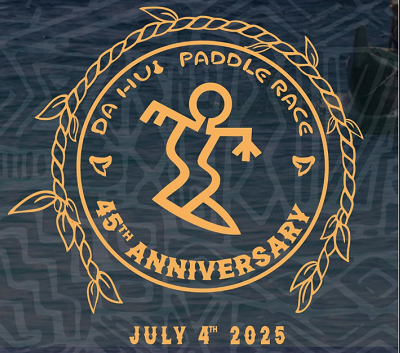
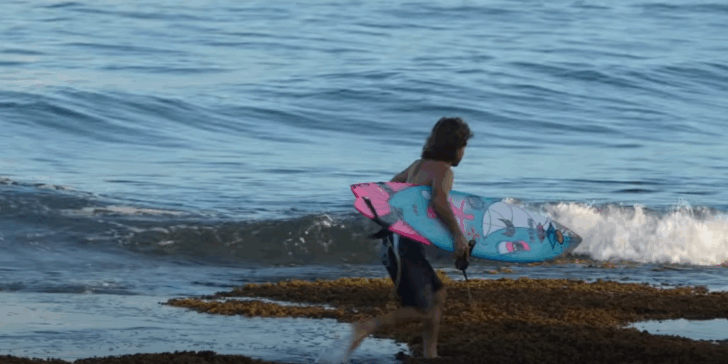
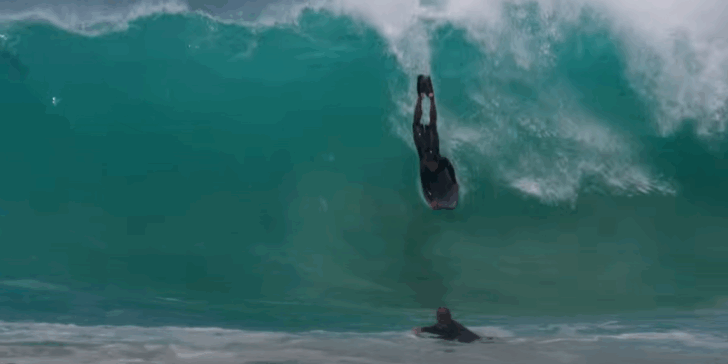

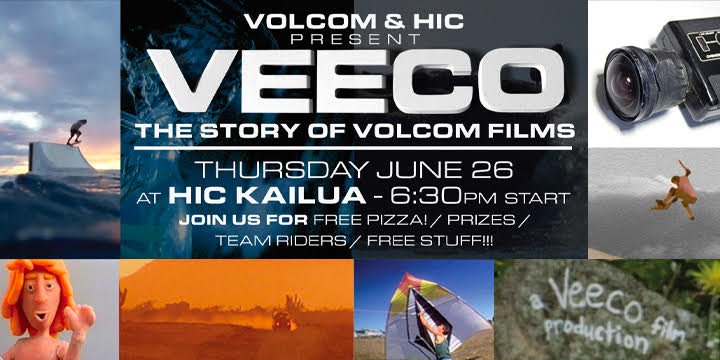
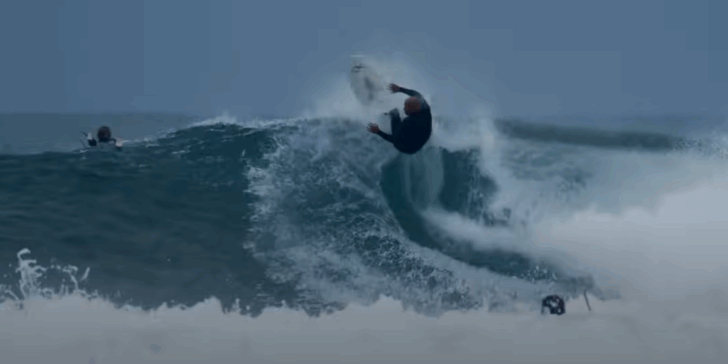


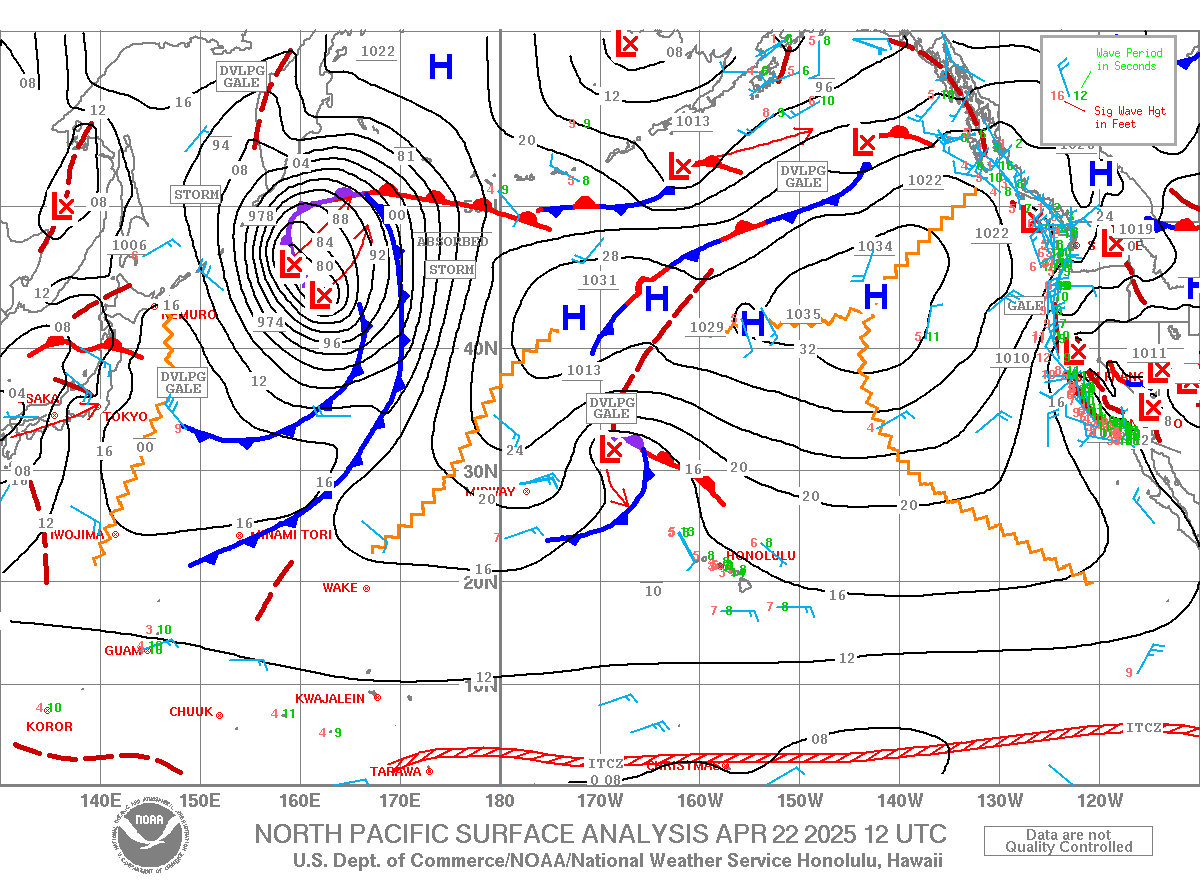



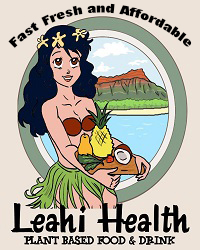




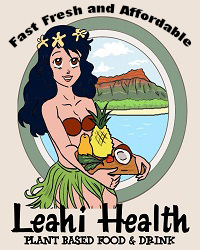

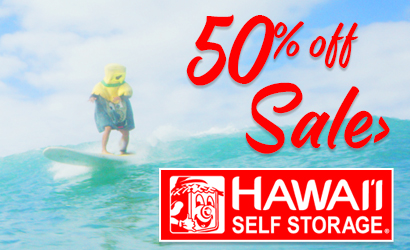
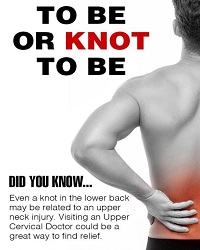



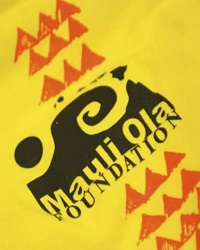
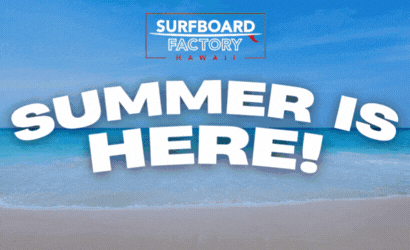




























Premium snn Membership
Join the Premium SNN Membership and enjoy 10 Day Forecasts, All Webcams Page, 5 Days Webcams Archives, Help Surfrider & Access Surf with your partnership.
All for just $8/month Sign Up Now! 1st Month is FREE
5,460
likes
550
followers
98
subscribers
449
followers